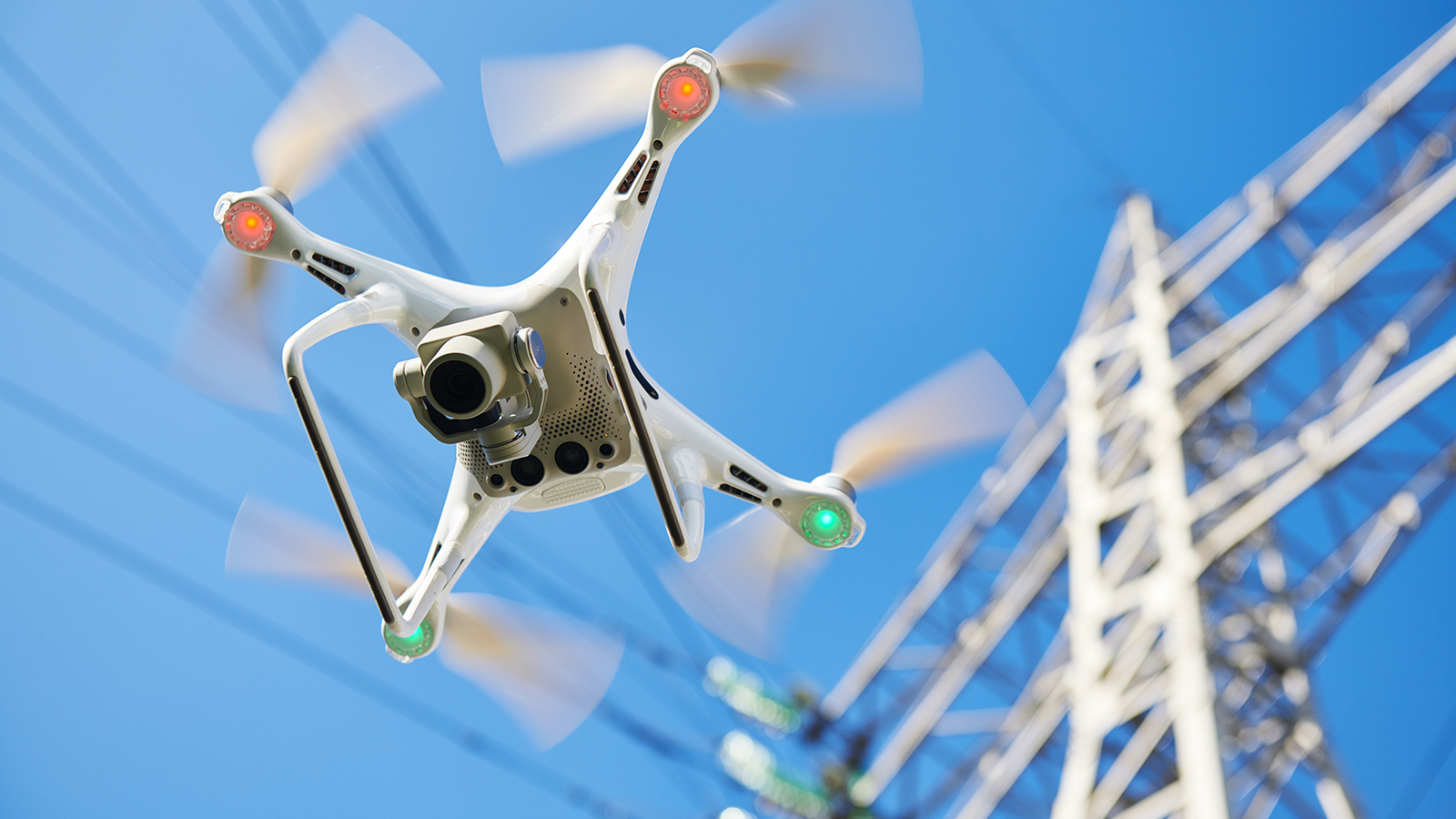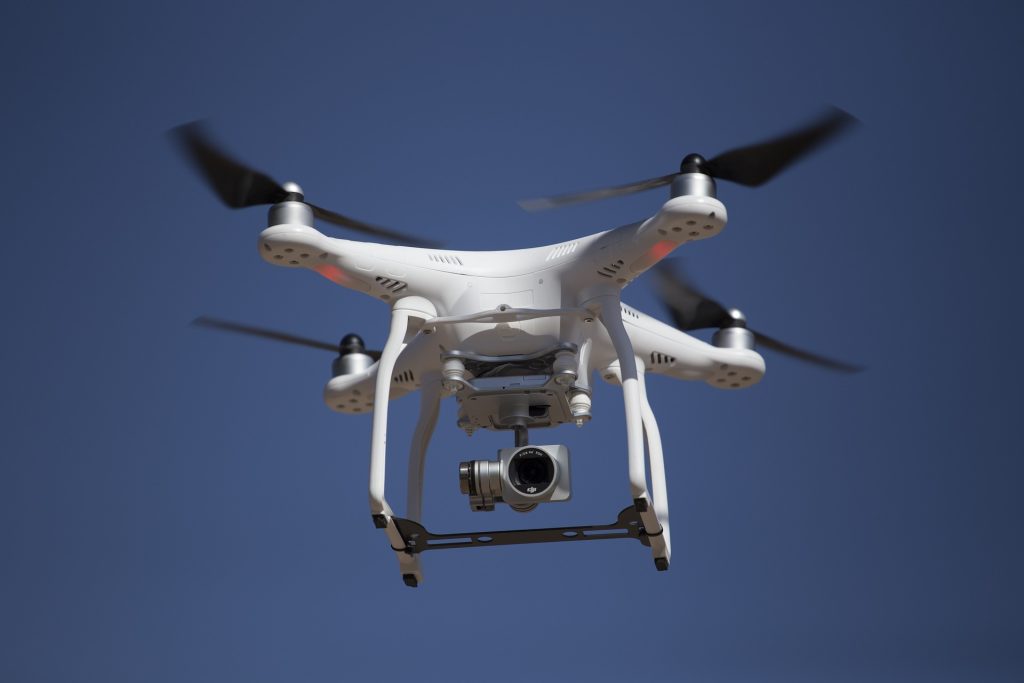
Drones have transcended their humble beginnings as remote-controlled toys, becoming autonomous marvels that achieve feats once thought impossible. From aerial photography to surveillance, delivery systems to search and rescue missions, autonomous drones have taken center stage in technological advancements. In this blog, we delve into the remarkable achievements of autonomous drone systems, exploring their capabilities, impact, and the potential they hold for the future.
Pioneering Autonomous Flight
Autonomous drones have achieved a breakthrough by achieving self-directed flight. With advancements in AI and sensors, these drones can now navigate complex environments without human intervention. Through sophisticated algorithms and real-time data analysis, autonomous drones adapt to changing conditions, making them ideal for tasks in challenging terrains and remote areas.
Precision Agriculture Revolution
Autonomous drones have revolutionized the agricultural industry by providing precision data. These drones can assess crop health, monitor irrigation, and even perform planting and spraying tasks. Their ability to cover vast fields quickly enhances productivity and reduces resource wastage.
Search and Rescue Excellence
In disaster scenarios, time is of the essence. Autonomous drones can swiftly scan disaster-stricken areas, locate survivors, and even deliver essential supplies. Equipped with thermal imaging and communication tools, they prove invaluable in saving lives during critical moments.
Seamless Goods Delivery
E-commerce giants have embraced autonomous drones for delivery operations. These drones ensure speedy and accurate deliveries, especially in congested urban areas. They navigate through traffic and reach destinations, reducing delivery times and costs.
Environmental Monitoring Advancements
Autonomous drones contribute significantly to environmental monitoring. Equipped with advanced sensors, they can collect data on air quality, wildlife movement, and deforestation. This information aids researchers and policymakers in making informed decisions for a sustainable future.
Mapping and Surveying Efficiency
Traditional mapping and surveying methods are time-consuming and labor-intensive. Autonomous drones have transformed this process by providing high-resolution aerial imagery. They can map terrains, construction sites, and archaeological sites with exceptional accuracy.
Infrastructure Inspection Revolution
Inspecting infrastructure, such as bridges and power lines, often involves risky tasks. Autonomous drones eliminate these risks by conducting inspections. They capture detailed images and data, identifying maintenance needs promptly.
Wildlife Conservation Support
Autonomous drones play a vital role in wildlife conservation. They monitor endangered species, track migratory patterns, and combat poaching activities. By providing real-time data, these drones aid conservation efforts and protect biodiversity.
Security and Surveillance Enhancement

Security agencies deploy autonomous drones for surveillance purposes. With their ability to cover large areas and transmit live feeds, these drones bolster security measures in public spaces and events.
Challenges and Future Outlook
While the achievements of autonomous drones are remarkable, challenges remain. Regulations, privacy concerns, and technical limitations need to be addressed for their widespread adoption. However, the future looks promising as advancements in AI, battery technology, and communication systems continue to push the boundaries of autonomous drone capabilities.
Final Thoughts
Autonomous drones have transcended the skies, achieving feats that were once relegated to the realm of science fiction. From precision agriculture to search and rescue missions, these drones are rewriting the possibilities of innovation. As technology advances and challenges are met, autonomous drones are set to become an integral part of our daily lives, revolutionizing industries and making the extraordinary seem ordinary.
Commonly Asked Questions
Q1: How do autonomous drones navigate complex environments?
Autonomous drones navigate using advanced algorithms and sensors that analyze their surroundings in real-time. This enables them to make split-second decisions and adapt to changing conditions.
Q2: Are autonomous drones being used for wildlife protection?
Yes, autonomous drones are used for wildlife protection. They monitor endangered species, track illegal activities like poaching, and provide valuable data for conservation efforts.
Q3: What challenges do autonomous drones face?
Autonomous drones face challenges such as regulatory hurdles, privacy concerns, and technical limitations like battery life and communication range.
Q4: How do autonomous drones contribute to precision agriculture?
Autonomous drones contribute to precision agriculture by assessing crop health, monitoring irrigation, and performing tasks like planting and spraying with high accuracy.
Q5: What’s the future outlook for autonomous drones?
The future of autonomous drones looks promising. Advancements in technology, including AI and battery life, suggest that their capabilities will continue to expand, transforming various industries.












